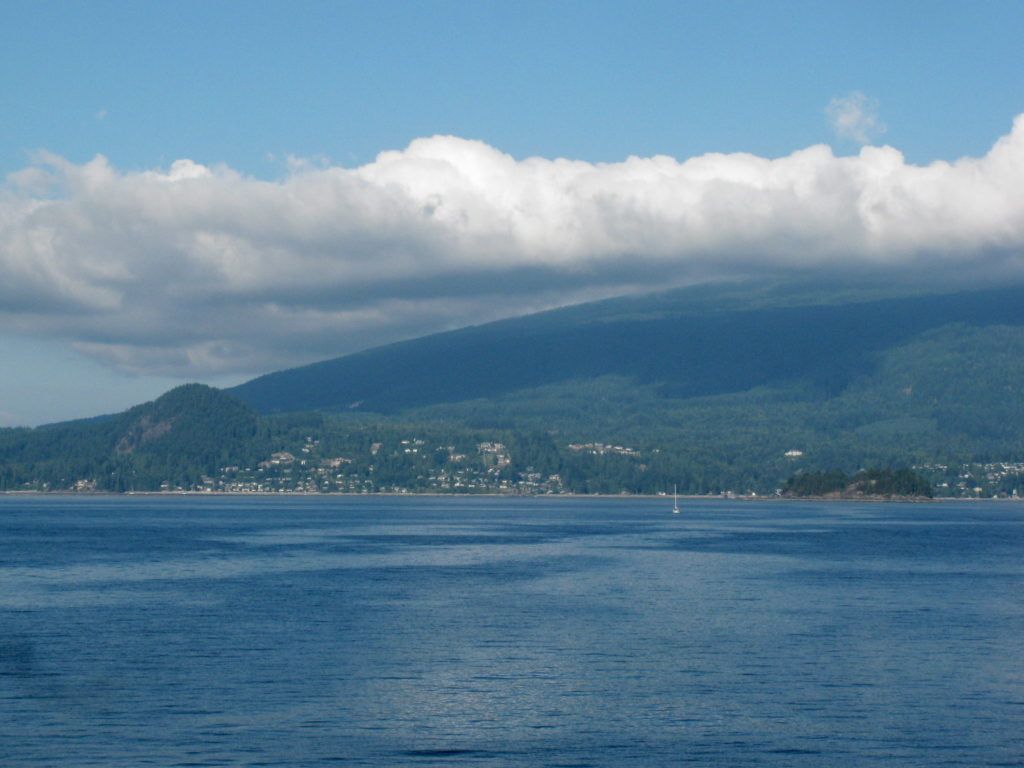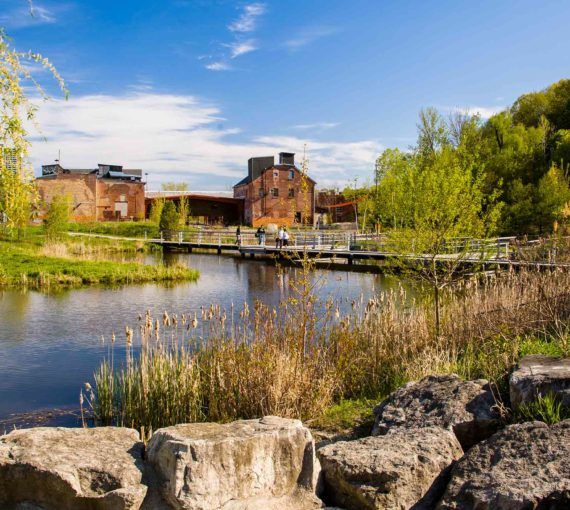
Two communities are learning about the value of coastal natural assets and their role in protecting against floods, storm surges and coastal erosion. (Photo: Liz Gosselin via Flickr)
Gibsons, B.C., and Pointe-du-Chêne, New Brunswick, are learning about the value of their coastal natural assets and how they can protect against floods, storm surges and coastal erosion, thanks to the Managing Natural Assets to Increase Coastal Resilience project. Led by the Municipal Asset Management Initiative, this project is modelling coastal processes to examine how natural assets, such as eelgrass, dunes and beaches, provide ecosystem services to local communities under different management and climate change scenarios.
From April to September 2020, MNAI held a series of pilot workshops to introduce the project, gather site-specific information from stakeholders and identify and rank coastal management options and data needs. Since then, MNAI has compiled an inventory of the natural assets in these communities, run management scenarios and completed sensitivity testing. Now the team of experts is completing economic analyses and will soon draft pilot reports.
Both communities face flooding and erosion risks. Although the scenarios tested in both cases indicate natural asset management can reduce erosion risk, they are less effective for managing flood damages. This reinforces the importance of moving away from coastlines to minimize the risk of damages from flooding. This work also raises questions such as whether coastal resilience will require a combination of nature-based and man-made flood defences, and if land-based management of natural assets can mitigate coastal pressures.
Managed retreat — the purposeful, coordinated movement of people and buildings away from risks — appears to be the most effective flood-management strategy for the community.
An important finding in both pilot studies is that the greatest benefits from coastal natural assets arise from their ability to protect against smaller, more frequent storms rather than larger, infrequent storms. Over time, the cumulative benefits from this protection significantly outweigh the benefits arising from protection provided against big storms that tend to receive the most attention.
The natural asset management options we simulated for Pointe-du-Chêne were more effective at reducing erosion damage than flooding. The extent to which the community would benefit from natural erosion protection assets depends on existing beach conditions, as some beaches are more vulnerable to erosion than others. Maintaining Pointe-du-Chêne’s remaining natural coastal buffer, which does not contain buildings, plays a significant role in flood damage control. With high development pressures, decision-makers should keep in mind that potential flood damages will increase if there is further encroachment on the coastline. Managed retreat — the purposeful, coordinated movement of people and buildings away from risks — appears to be the most effective flood-management strategy for the community.
This sort of coupling across ecosystems is a key advancement for natural asset management, which stands to benefit greatly from a systems approach given the interconnectivity of natural assets across marine and terrestrial environments.
Similarly, simulated natural asset management options for the Town of Gibsons reduced erosion damages but did not significantly reduce flood damages. Very little town property in Gibsons fronts the water, but the beaches are experiencing erosion and require restoration. Early modelling results demonstrate that beach and foreshore treatments can mitigate erosion damage by up to 50 per cent on the study area’s south side, where parks and private beaches are located. The Town of Gibsons is now pursuing a watershed study that could reveal land-based natural asset management options to reduce coastal pressures. This sort of coupling across ecosystems is a key advancement for natural asset management, which stands to benefit greatly from a systems approach given the interconnectivity of natural assets across marine and terrestrial environments.
Our work
Always grounded in sound evidence, the David Suzuki Foundation empowers people to take action in their communities on the environmental challenges we collectively face.



